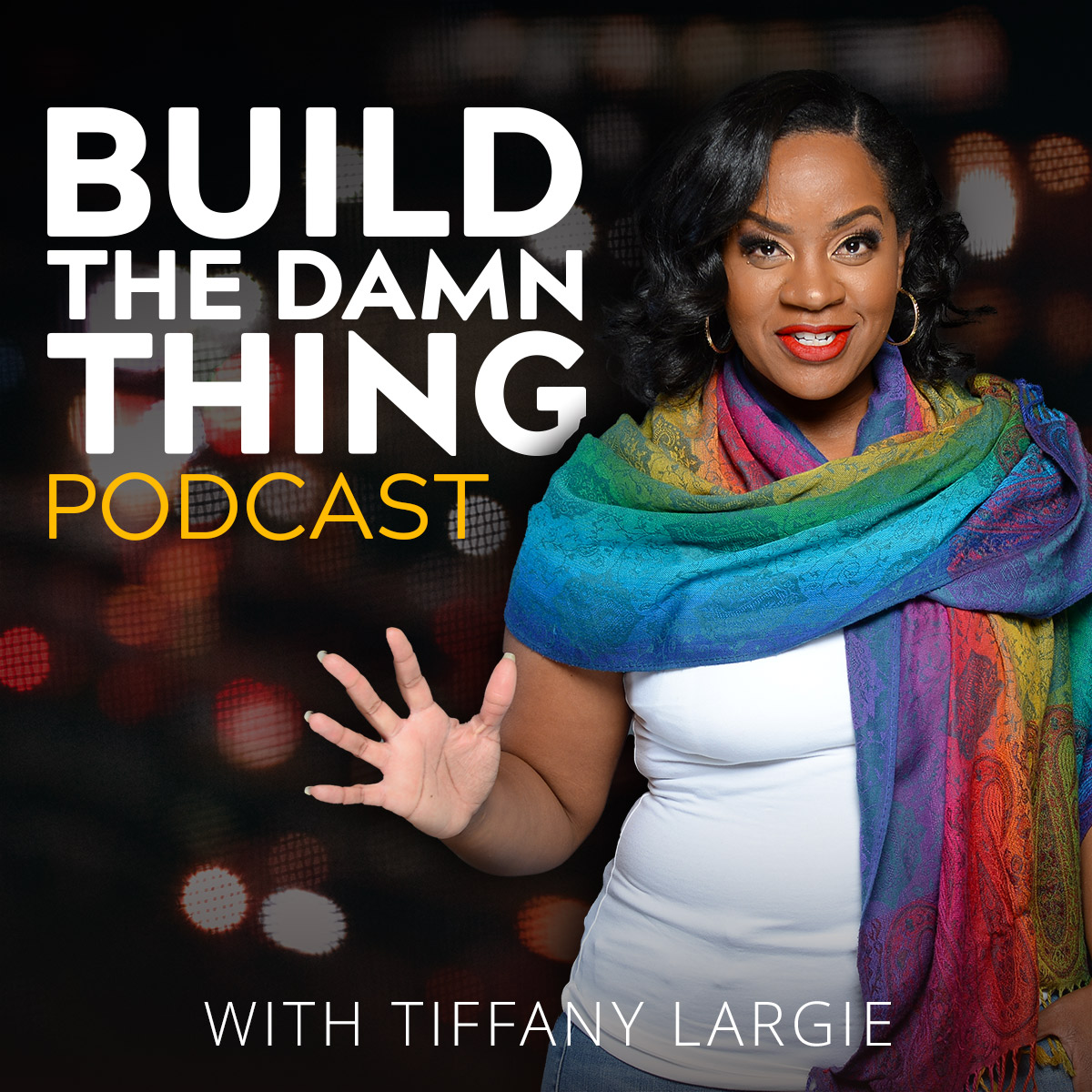A lot of times we’re asking ourselves: “is there an actual way to have a sales conversation that makes a sale?”
The answer is yes.
You might get on a sales call hoping, praying that you’ll just get into a rhythm of questions, answers, and responses. You know, a conversation. For you, that might be the best-case scenario.
But if that’s your ideal, you’re going to find yourself in a place where you get 20 or 30 minutes into the call and you’ll go: “I don’t even know what we’re talking about anymore.” It’s a good conversation. You’ll think to yourself, “I like her and it feels good,” “I like him,” or “they’re friendly.”
But the question is, how do I actually convert that?
How do I take that and turn it into dollars?
If you don’t have a clear conversational path that allows you to go from beginning to end, then you’re going to find yourself in a sea of conversations that don’t turn into dollars.
You’re going to be networking and generating leads, but not making sales. And networking and leads are supposed to mean sales. So you’ll be in a big cycle with no money at the end of it.
5 STEPS TO MASTER ANY SALES CONVERSATION
I don’t want you to waste time. I want you to get to the result. We have a five-step process to master any sales conversation.
- Be excited and set the tone.
- Find out who this person is and what they’re doing.
- Find out why they need you. What is their challenge or problem?
- Tell your story.
- Ask.
You’ve got to be excited and you’ve got to set the tone. Once you set the tone, you can have that open conversation. Ask open-ended questions that allow you to find out who they are. Get them to open up and give you information. The more information they give you, the easier it is for you to control the conversation. You won’t have to be reactive at the end of the sale.
The third thing that you’ve got to do is find out why they need you. It might be the challenge or the problem. Connect the information that they’ve given you to their own needs and challenges.
Number four, insert your story. This is where you change the game.
You’ve asked, you’ve set the tone, you’ve laid down the foundation. Now we take advantage and we insert our story. Your story is literally the number one asset that you have. It’s not just one asset, it’s the only asset. It’s the thing that separates you. It’s the thing that answers the four questions that we have to answer in business in order to get paid:
- What problem am I solving?
- Who am I solving for?
- What gives me the right to solve it?
- Why do I want to solve it?
If you can answer those four questions in the framework of your story, you can get the other person to say, “oh my flipping gosh. This person is the solution.”
Not a solution, the solution. You don’t want to be a solution, you want to be the solution, the only thing they’re looking at.
After you’ve set the tone, asked questions, and told your story as a solution to their problem: you’ve got to ask.
You’ve got to ask.
You’ve got to ask.
BUILDING YOUR SALES CONVERSATION FOR ACTUAL RESULTS
If you don’t have a framework right now for setting up your sales conversation, you should totally grab ours. It’s five easy steps. And if you can rinse and repeat that, then your sales conversation will go from:
“I don’t really know. Let me get back to you. Let me talk to my husband, my wife, and the dog too.”
To:
“You know what? Damn it. How have I lived without you my whole doggone life?”
And that’s where you want to be in business.
You want to be in a place with the person’s like, “where was I without you? Yeah! Hip hip hooray! My problem is solved.” And then it feels like bottles are being popped and like confetti is falling—and then all kinds of amazing dope things are happening. Okay?
Stop guessing. Stop having conversations that waste time and don’t lead anywhere. Use the 5-step framework.






